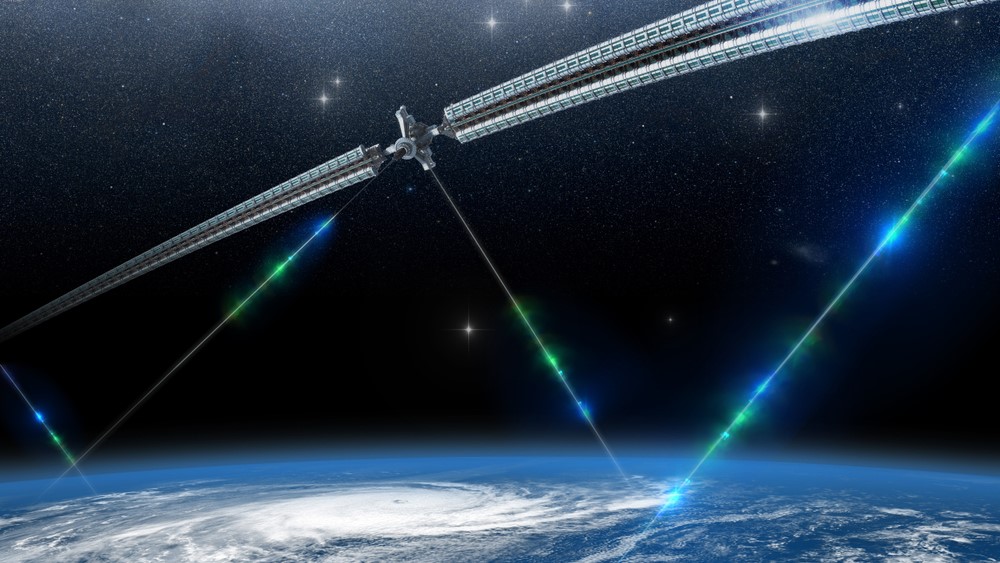Applied Sciences, Vol. 14, Pages 3575: Synergies and Potential of Industry 4.0 and Automated Vehicles in Smart City Infrastructure
Applied Sciences doi: 10.3390/app14093575
Authors: Michal Kaššaj Tomáš Peráček
The integration of Industry 4.0 and automated vehicles into the smart cities concept is a topical issue in the urbanization of cities and technological innovation within cities. As it is a relatively modern issue, many aspects of this field have not yet been explored; as a consequence, this paper is concerned with the search for synergies between Industry 4.0 and automated vehicles in smart city infrastructures. There is a lack of contributions in this field that summarize these synergies in a single article and address a wide range of aspects, including transport, energy, communication, and citizen participation. As the field lacks a complete and clear summary of what is already known, which would help multiple stakeholders, the authors decided to conduct this review. The article elucidates the above-stated aspects through a clear and in-depth literature review, which is complemented by specific examples from practice. Of course, the article also includes a description of the synergy potential and the impact on the inhabitants, the environment, and, last but not least, on the overall city life. The main hypothesis of this article is that the integration of Industry 4.0 technologies and automated vehicles within smart city infrastructure will result in significant improvements in transportation efficiency, resource utilization, and overall urban sustainability. The article discusses the positives and negatives of such integration, highlighting, on the one hand, the benefits in terms of reducing environmental impact and improving citizens’ quality of life, but on the other hand, also highlighting the various ethical, legal, and social issues that such integrations may bring. Several methods have been used within the article, namely analysis, synthesis, comparison, and historical interpretation. The final discussion highlights the benefits, as well as the challenges, that such integration faces and must deal with if it is to be successful. It can be concluded that the synergistic potential of automated vehicles and Industry 4.0 in smart city infrastructure is enormous and that such integration offers promising solutions for enhancing transportation efficiency, energy management, and overall urban sustainability. It is also highlighted in the article that, in order to reap the benefits of such synergies, a wide-ranging collaboration of policymakers, industry stakeholders, and urban planners is needed.

 1 week ago
13
1 week ago
13


